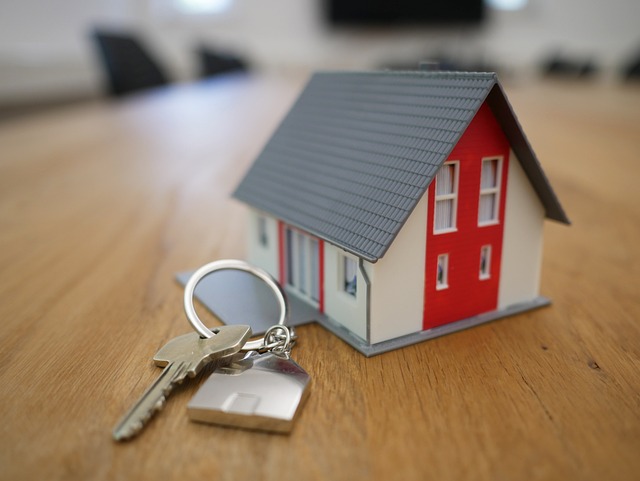The Rise of Prefabricated Homes: Modern Living Solutions for Today's Homeowners
Prefabricated homes, also known as prefab or modular homes, represent a revolutionary approach to residential construction that combines efficiency, sustainability, and modern design. These homes are manufactured in controlled factory environments and then assembled on-site, offering a compelling alternative to traditional stick-built houses. With advancing technology and growing environmental consciousness, prefab homes have evolved from basic structures to sophisticated living spaces that cater to diverse architectural preferences and lifestyle needs.

Environmental Benefits and Sustainability Features
Prefabricated construction offers significant environmental advantages over traditional building methods. The factory-controlled process generates less waste, as materials can be precisely measured and recycled more effectively. Many manufacturers incorporate energy-efficient features like superior insulation, high-performance windows, and sustainable materials. These homes often achieve better energy ratings and smaller carbon footprints compared to conventional builds.
Design Flexibility and Customization Options
Modern prefab homes have shed their cookie-cutter reputation, offering extensive customization possibilities. Architects and manufacturers now provide diverse design options, from minimalist contemporary styles to traditional aesthetics. Homeowners can choose from various floor plans, finishes, and architectural details to create unique living spaces that reflect their personal preferences while maintaining the benefits of prefabricated construction.
Cost Considerations and Financial Planning
The cost of prefabricated homes varies significantly based on size, design complexity, and location. Base models typically range from $100 to $200 per square foot, while custom designs can reach $400 or more per square foot.
| Home Type | Size Range (sq ft) | Average Base Cost Range |
|---|---|---|
| Basic Modular | 1,000-1,500 | $100,000-$200,000 |
| Mid-Range Custom | 1,500-2,500 | $200,000-$350,000 |
| Luxury Prefab | 2,500+ | $350,000-$700,000+ |
Prices, rates, or cost estimates mentioned in this article are based on the latest available information but may change over time. Independent research is advised before making financial decisions.
Timeline and Construction Schedule Benefits
One of the most attractive aspects of prefabricated homes is their accelerated construction timeline. While traditional home building typically takes 6-12 months, prefab homes can often be completed in 3-6 months. This efficiency stems from parallel construction processes, where site work occurs simultaneously with module manufacturing, and weather-related delays are minimized due to indoor construction.
Long-term Value and Market Performance
Prefabricated homes have demonstrated strong market performance and value retention when properly maintained. Modern prefab constructions often incorporate high-quality materials and innovative building techniques that contribute to durability and longevity. Many buyers find that these homes appreciate similarly to traditional construction, particularly in markets where energy efficiency and sustainable building practices are highly valued.
The evolution of prefabricated homes represents a significant advancement in residential construction, offering solutions that align with contemporary demands for efficiency, sustainability, and quality. As technology continues to advance and environmental considerations become increasingly important, prefab homes are positioned to play an essential role in the future of housing.






